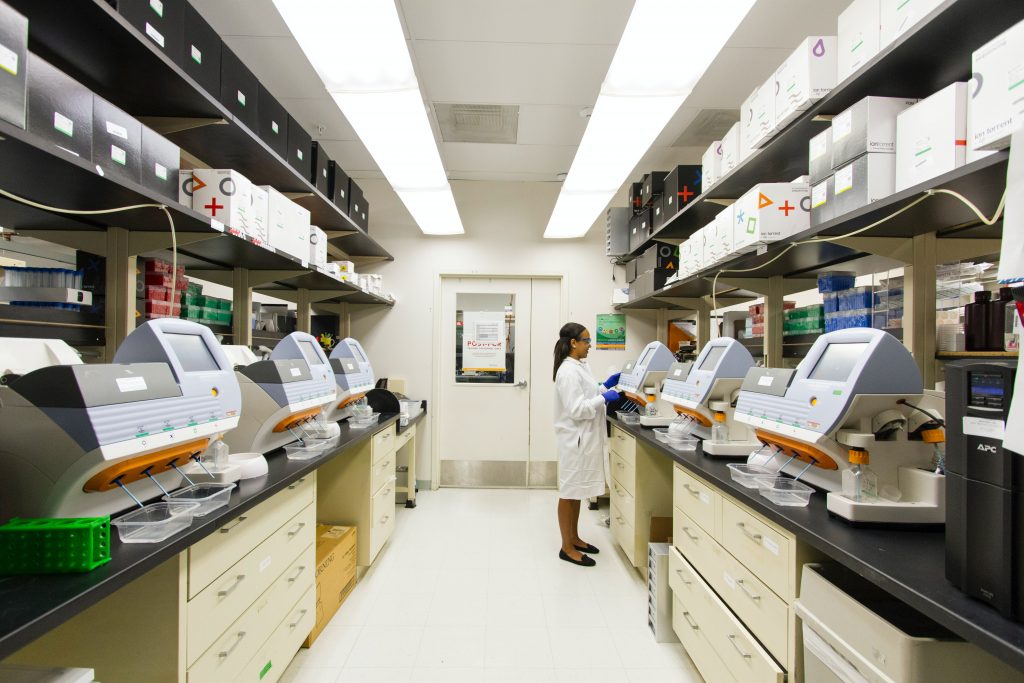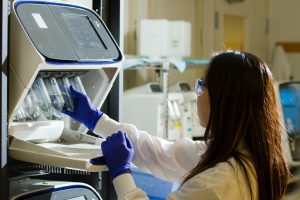Laboratory Equipment for Pharmaceutical and Drug Discovery
There are numerous major developmental phases, services, and processes within pharma and drug discovery laboratories.
Preclinical development, such as pharmacology services, ADME-Tox, biomarker testing, and more, covers (but is not limited to) formulation, such as API, preformuation, screening, and more.
Analytical testing services, such as method development/validation, bioanalytical testing, assay development, clinical trials services, raw material testing services, and contract pharma services, such as CRO services/outsourcing, contract packaging, contract manufacturing, and so on; and contract pharma services, such as CRO services/outsourcing, contract packaging, contract manufacturing, and so on.
Testing of Pharmaceuticals:
Whether you conduct the testing yourself or hire a pharmaceutical testing organization, the following investigations and validations are required:
- Potency
- Purity
- pH
- Identification of microorganisms and fungi
- Antimicrobial efficacy testing
- Dissolution
- Testing for stability
- Testing for sterility
- Endotoxin testing is a method of determining the presence of endotoxins.
- Screenings, tests, and SDS/PAGE are all examples of biological testing.
- Uniformity
- Preservation
- And there’s more!
What Are the Different Types of Pharmaceutical Testing Equipment Used in Laboratories and Analytical Laboratories?
Pharmaceutical test equipment varies greatly depending on the testing applications, ranging from biomolecular interaction studies to particle characterization.
Examples of pharmaceutical test equipment are tablet testing equipment, such as friability testers, dissolution samplers, refractometers, and freeze dryers.
What Should You Think About When Purchasing Pharmaceutical Equipment?
Pharmaceutical test equipment selection should take into account regulatory compliance and cost and analysis time and throughput, depending on your individual testing needs. High-quality testing enables regulatory permission to be obtained in less time while also lowering costs and improving turnaround times.
Important Developments:
SVPs, or sub-visible particles, have been a source of worry for the pharmaceutical industry because of their potential adverse effects. Changes in temperature or mechanical stimulation cause SVP aggregates to form during development. Improved QC and screening are possible because of advancements in aggregation analysis technologies on the market, eliminating SVP aggregates in the early phases of formation.
1. Once COVID-19 instances decline, labs are exploring ways to recycle molecular testing equipment.
The pandemic created an enormous demand for widespread COVID-19 testing, primarily using molecular diagnostic methods such as RT-PCR; once this need was recognized, many clinical laboratories added multiple new instruments to expand their capabilities or capacity and keep up with the influx of COVID-19 tests. While testing is still ongoing, with variants like Omicron leading to new spikes in demand, labs are beginning to consider how they may best repurpose these new platforms once the cases have passed. Some labs may see this as an opportunity to offer additional tests and services they may not have previously provided or even explored.
2. Labs can “do more with less” because of automation and IT technologies.
Over the last two years, clinical laboratories and hospitals have experienced numerous challenges, including personnel shortages, budget constraints, and supply chain delays, leaving many with the daunting job of managing millions of COVID-19 tests and cases with dwindling resources. Not all of these issues are related to the epidemic; the American Society for Clinical Laboratory Science, for example, emphasizes that personnel shortages have been a long-standing issue. On the other hand, the epidemic has likely put further strain on laboratory systems, with Medline striving to assist clients in navigating supply chain problems and connecting with staffing agencies.
3. Transparency in the supply chain is more crucial than ever.
COVID-19 has exacerbated supply chain concerns, with lack of transparency a “major pain point” for clinical lab directors, according to Saltash.
“Typically, the lab does not have a lot of visibility or control over their data.” As a result, they’re relying on their providers to provide that data,” Zaltash noted. “… What we’ve discovered across the board is that many of our lab directors are uncertain of their markups, distribution expenses, and other such issues.” They only see their pricing when they go to the gas station.”
4. Precision medicine and gene sequencing are gaining traction.
While COVID-19 has captured the attention of the majority of their clinical lab clients, emerging fields of medicine and advanced procedures like gene sequencing are gaining traction in the clinical diagnostics realm, according to Zaltash and Miller. More labs are investigating the potential benefits of sequencing technologies for themselves and their patients, thanks to the growing popularity of precision medicine and preventative approaches to healthcare and the improving speeds and reduced prices of sequencing technology.





